The Enemy of Average! Wild Surfwear- USA Made
Add some descriptive text to your Blog page.

By Christian Franzen
John Englehart was an important 19th century West Coast landscape painter. Born and raised in Chicago, he possessed a romanticized love of the American West since childhood. In the 1880s, Englehart moved to Northern California to paint the grand landscapes of the West. He maintained a studio in San Francisco but constantly took trips to Yosemite and other scenic Northern California locations.
Englehart found success in landscape painting, but was never looked at as a great landscape artist by the canon of the time. Many landscape painters did not like Englehart’s approach to landscape painting because it was a realistic rather than an idealized depiction of what the artist saw in the landscape. This idea was contradictory to the times leading landscape style of the Hudson River School. Englehart’s dedication to realism made him an outsider in the circles of 19th century landscape painters, but was later looked upon for inspiration in later landscape movements. Englehart continued to work in California in his San Francisco studio until his death in 1915.

Bernice is an aspiring musician, she is the main singer of the band "Cactus Fun". She goes enjoys the desert and gets out to Palm Springs every chance she gets.
Illustration: Carly Jean Andrews

By Christian Franzen
Cornelius David Krieghoff was born in Amsterdam on June 19th, 1815. As a child, Krieghoff's father began to instruct him in drawing patterns and shapes so that he could participate in the family's wallpaper business. In his adolescent years he moved with his family to Germany. It is there where he began his formal artistic training at the Academy of Fine Arts in Germany.
In 1836, Krieghoff decided to move to America and settled in New York. He had a hard time making money as an artist so he enlisted in the United States Army. Consequently, Krieghoff spent the next three years fighting in the Indian Wars for the Westward expansion of the United States. While in the Army he found time to draw and paint; creating pieces that depicted the hard life of people living in the Western frontier.
After he was discharged, Krieghoff moved to Montreal, Canada. He became a painter of everyday rural Canadian life and was exhibited at the Salon de la Sociéte des Artists de Montréal. Ironically, he friended several groups of Native American peoples and they became popular subjects for him to paint. Throughout this period of time in the mid 19th century, Krieghoff was frequently traveling back and forth to Europe. When in Europe he would study master works at the various museums and engage in what art scene he could as an outside.
Krieghoff returned to the American continent for good in 1855, settling in Quebec. His paintings became very popular among the upper class as well as the blue collar people of Canada, so he began to sell a lot of work. Towards the end of his life , in 1868, Krieghoff moved to Chicago and retired from painting until his death in 1872.
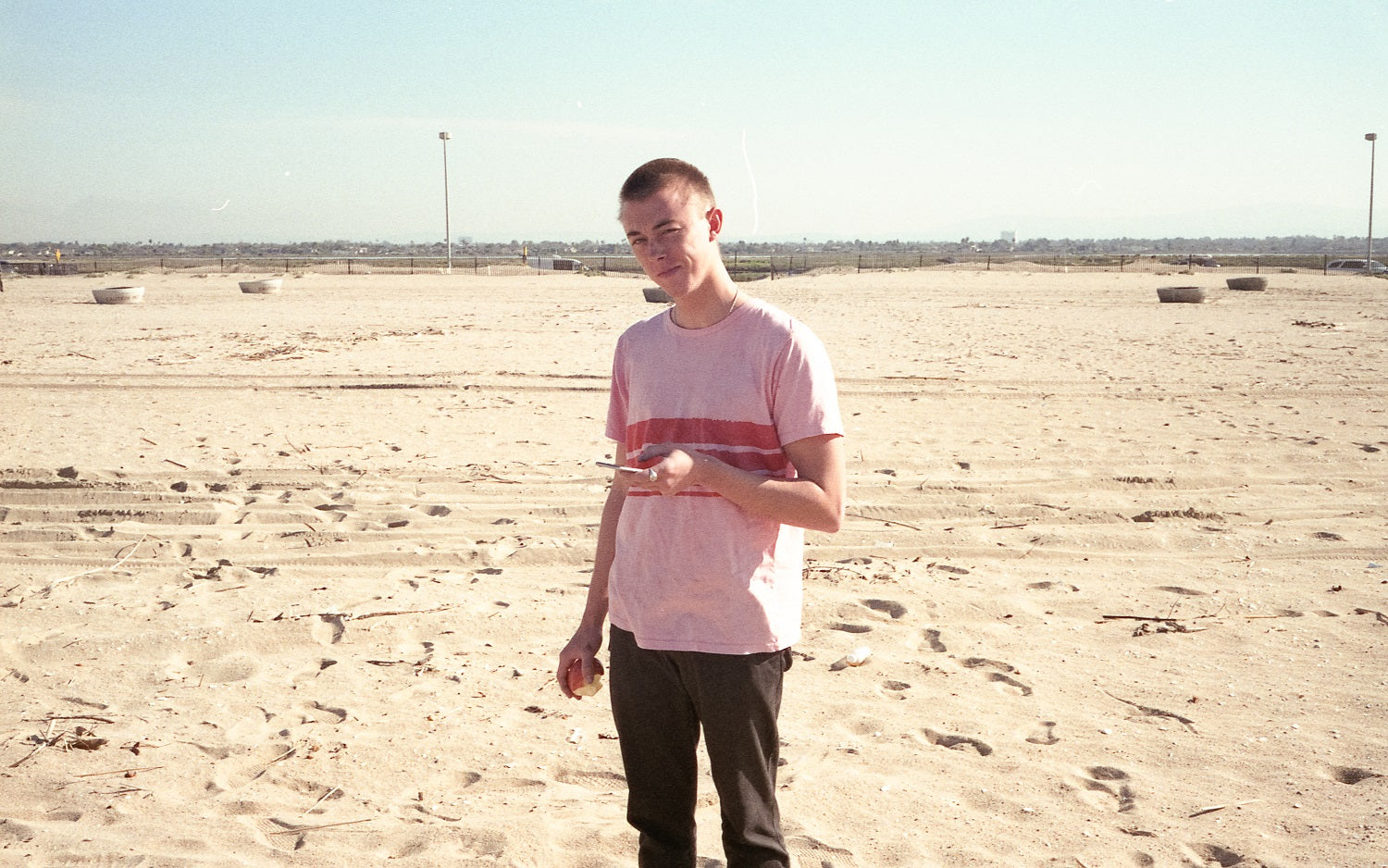





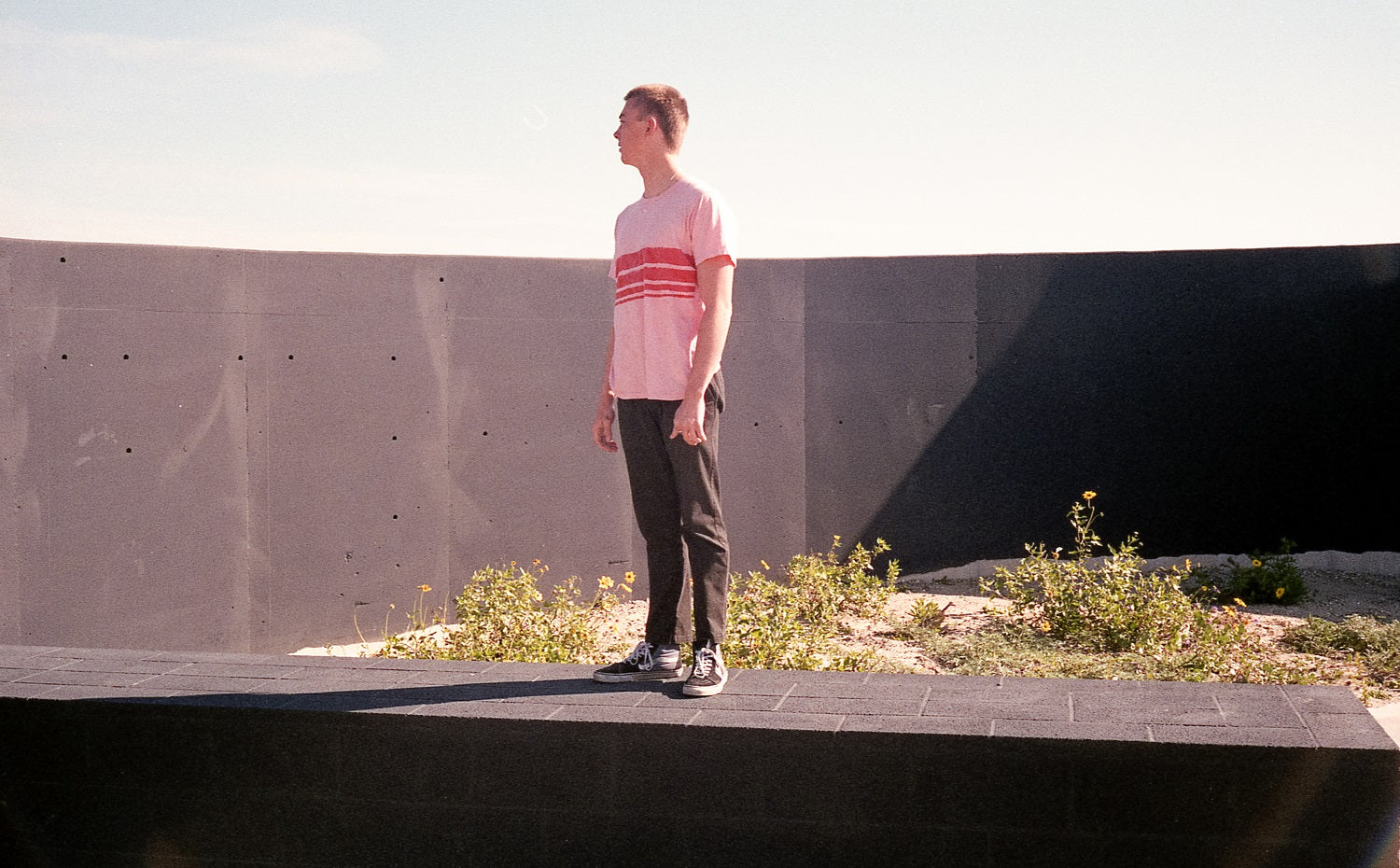

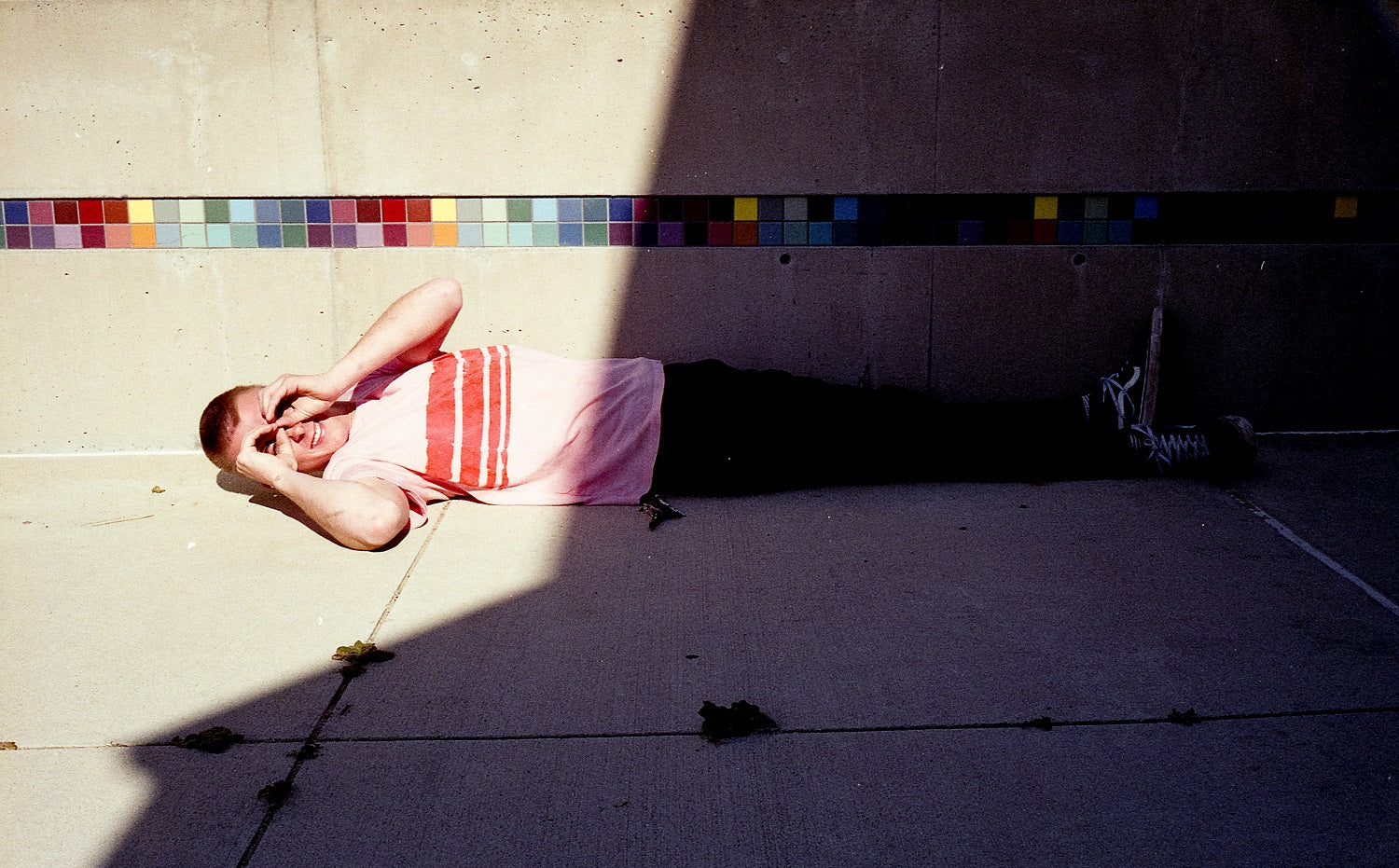 Photos Thomas Green
Photos Thomas Green

By Christian Franzen
Sir Godfrey Kneller was born in Lubeck located in the Holy Roman Empire in the year 1646. His father, Zacharias, was an established portrait painter and began to teach his son how to paint at a young age. Kneller began to show promise as a young portrait painter and in his later teens was taken by Rembrandt van Rijn as an apprentice. After the conclusion of his apprenticeship, Kneller and his brother took a grand tour of Europe. They studied the old master throughout Italy and eventually settled in England in 1676.
In England, Kneller became the main portrait painter for the Duke of Monmouth. While working for the Duke, Kneller met and painted a portrait of King Charles II. Kneller was swiftly appointed to Principal Painter to the King. Kneller spent his days painting portraits of the King and the members of his court. During this time he also painted many prominent philosophers including both John Locke and Isaac Newton.
The need for Kneller to produce numerous portraits at the same time in a speedy manor lead to the founding of his own portrait studio. In the studio several different artists worked on the same portrait from sketches they had done of the subject. Kneller and his assistants relied heavily on formulaic models of the human figure so that they did not require the subject to sit for the duration of the portrait. Kneller’s portraits were in high demand by the royal courts of Great Britain until his death in 1723.

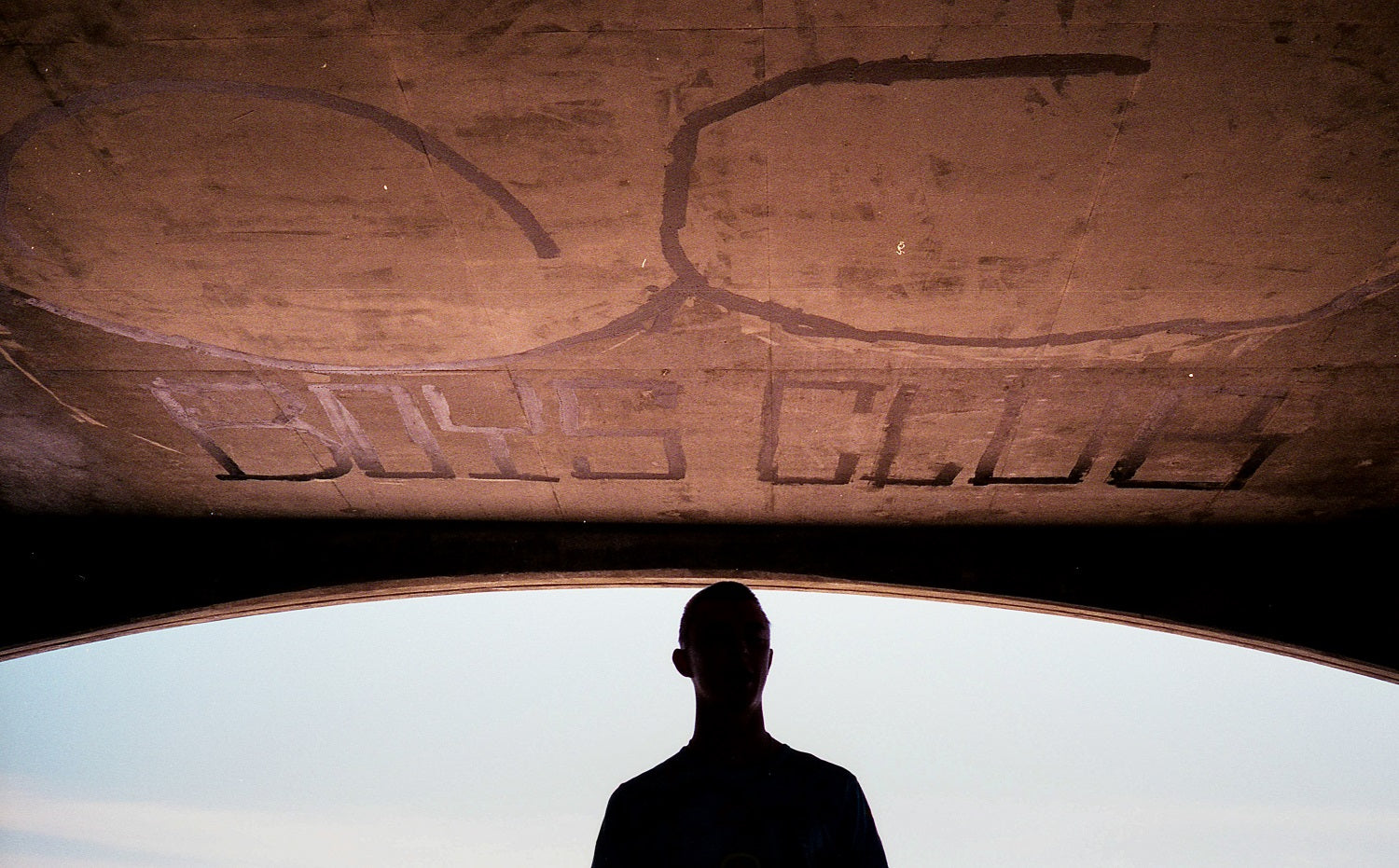

 Photos Thomas Green
Photos Thomas Green
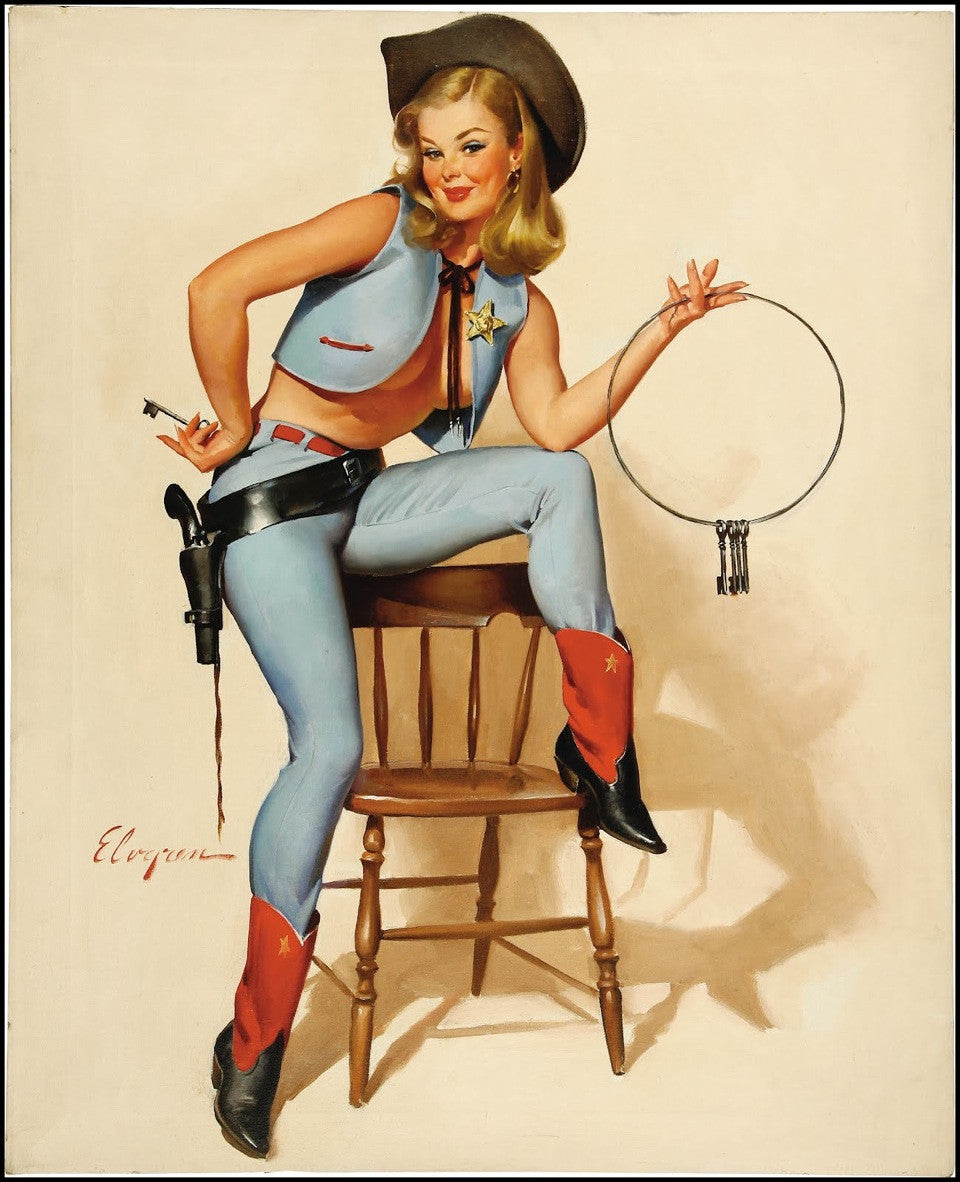
By Christian Franzen
Gil Elvgren was born on March 15th, 1914 in St. Paul, Minnesota. As a child, Elvgren loved advertisement illustrations found in magazines and storefronts. These illustrations inspired him to begin drawing at a young age. After high school he moved to Chicago to study at the American Academy of Art.
Graduating in the midst of the Great Depression, Elvgren was lucky enough to score a job at the respected advertising agency of Stevens and Gross. Within the agency, he worked under famous advertising artist Haddon Sundblom and developed a style of soft wholesome characters similar to that of his mentor.
In 1937, Elvgren was given a job illustrating pin-ups for the Louis F. Dow Company. These illustrations were to be used in a series of calendars that the company published. He produced over 60 pin-ups for the calendars. Elvgren became known throughout the industry for his pin-up illustrations and began to receive more contracts from various advertisers for his drawings.
During WWII, his illustrations were used by many United States troops to decorate their aircraft. This earned him a timeless place in Americana lovers hearts and consequently his work became very collectible.
For the remainder of his life he remained a successful illustrator who continually worked with the pin-up. He illustrated covers for many prestigious magazines such as The Saturday Evening Post and Good Housekeeping. He also continually contracted illustration jobs from Coca-Cola and General Electric until late in his life.





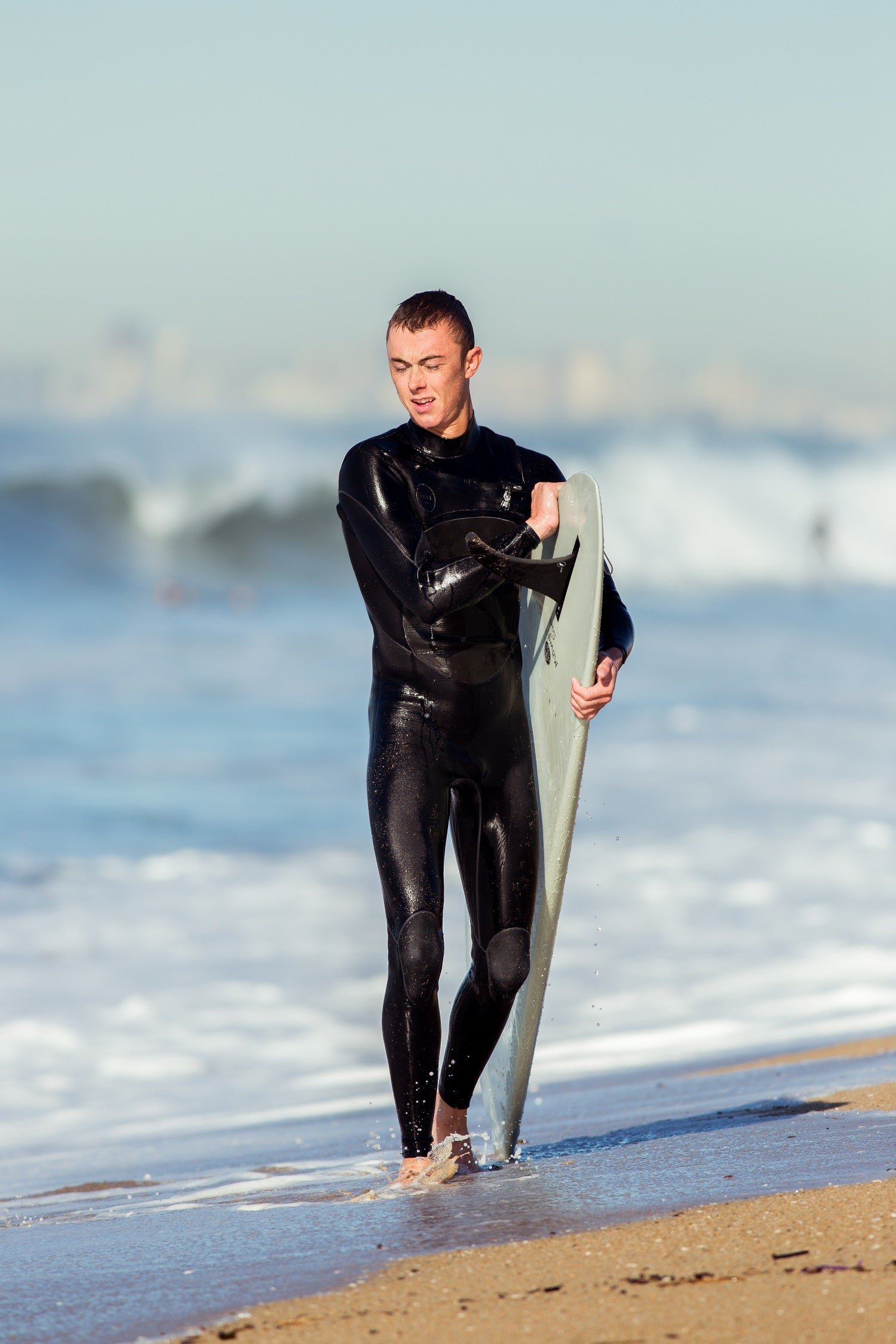




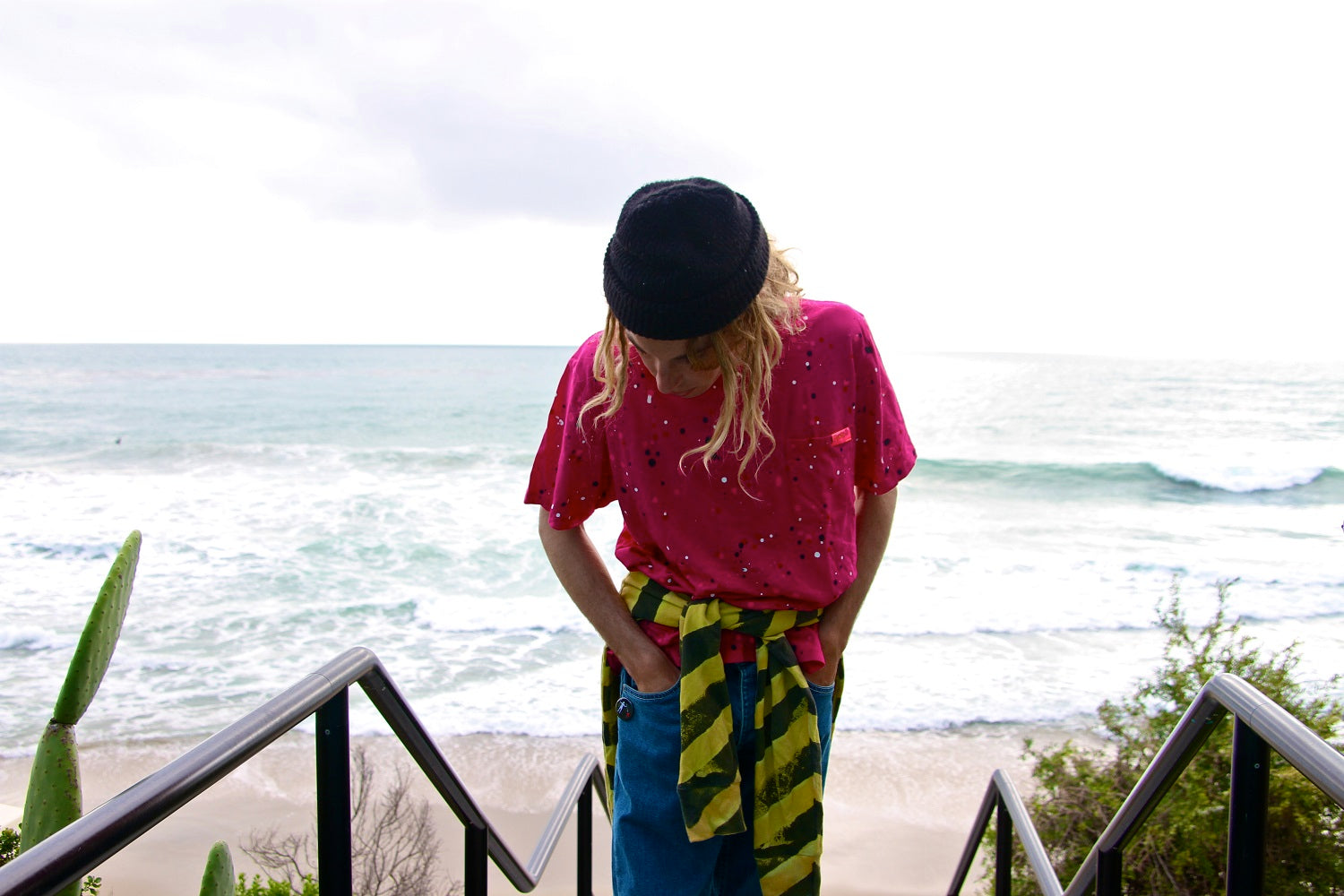

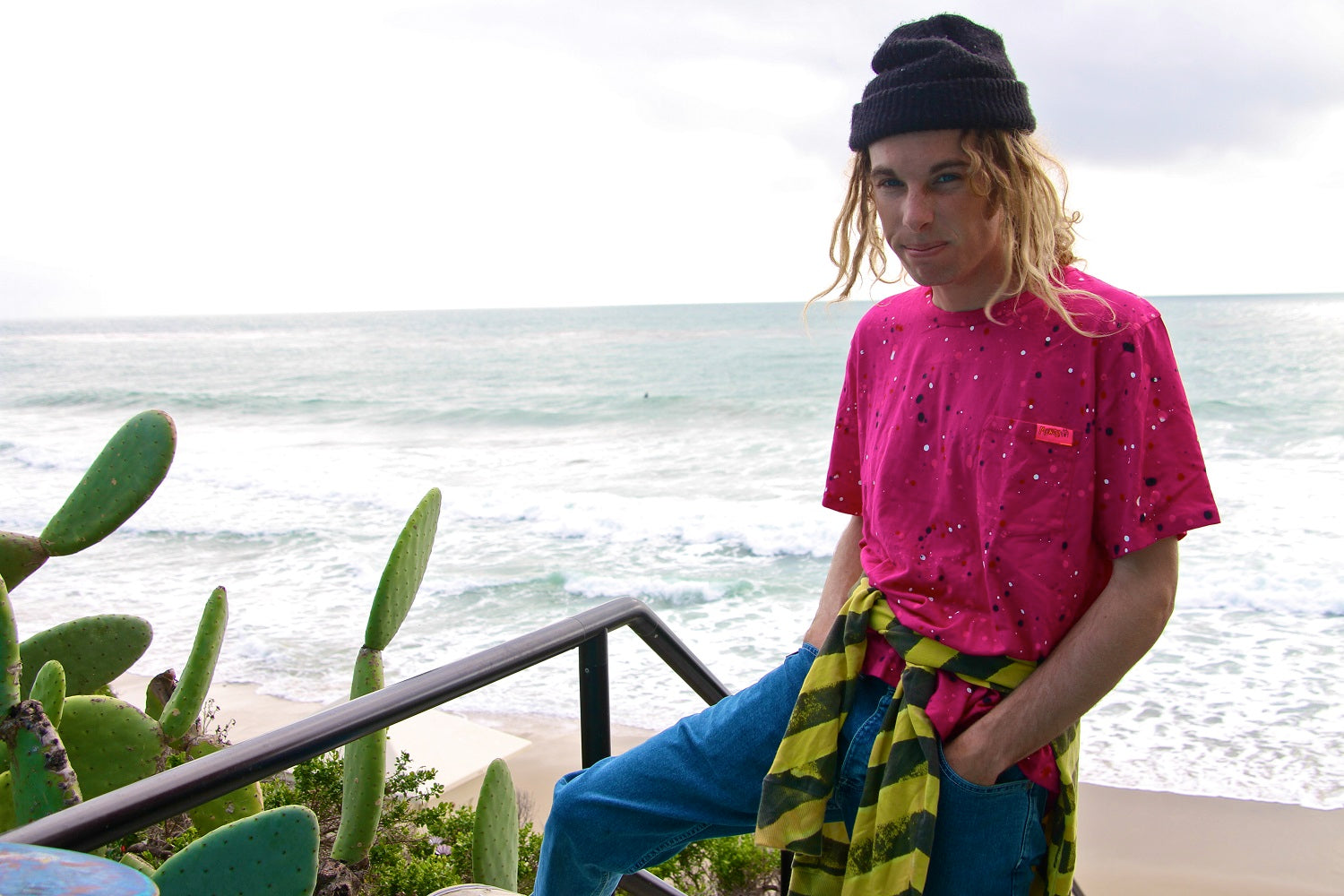
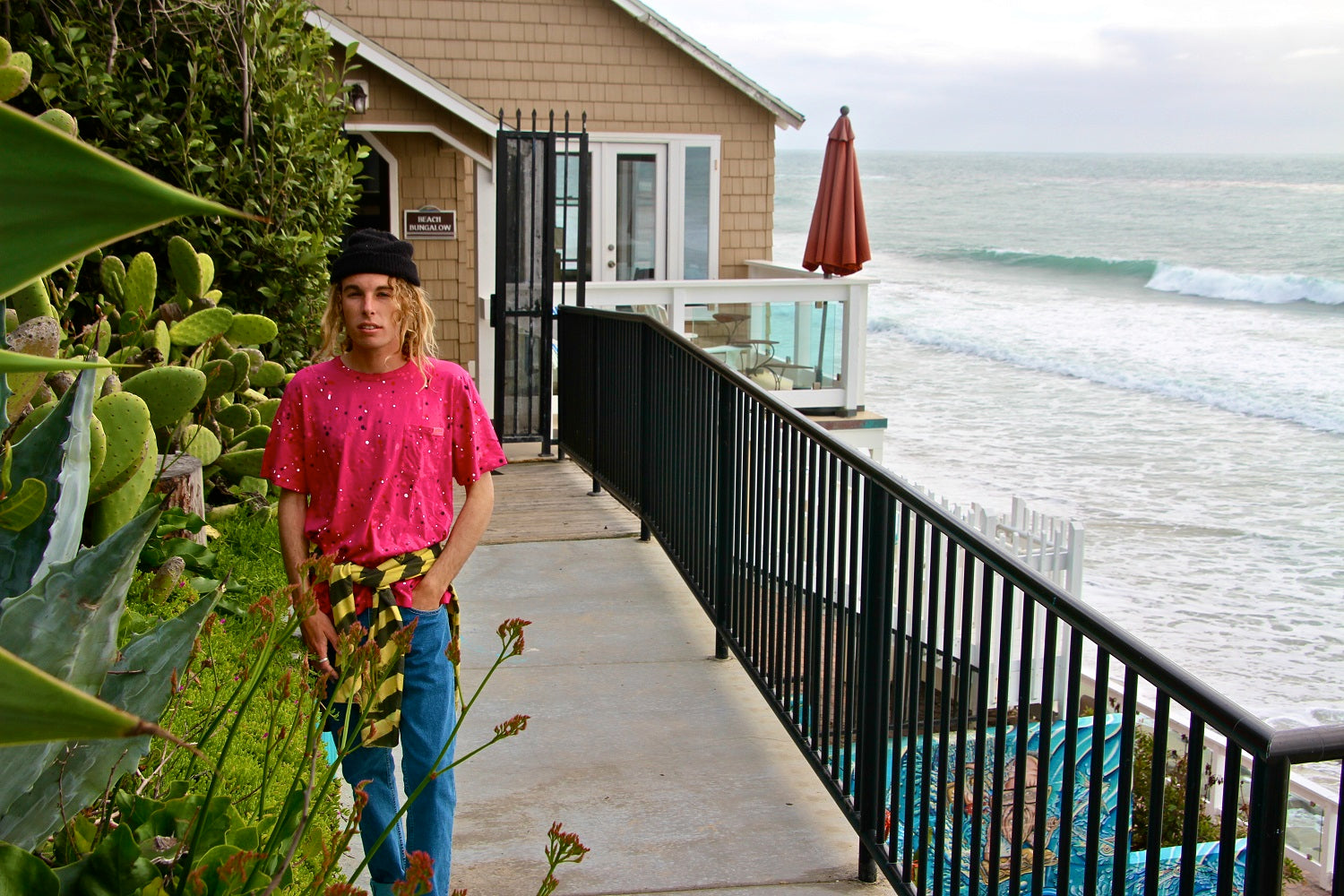 Photos Thomas Green
Photos Thomas Green

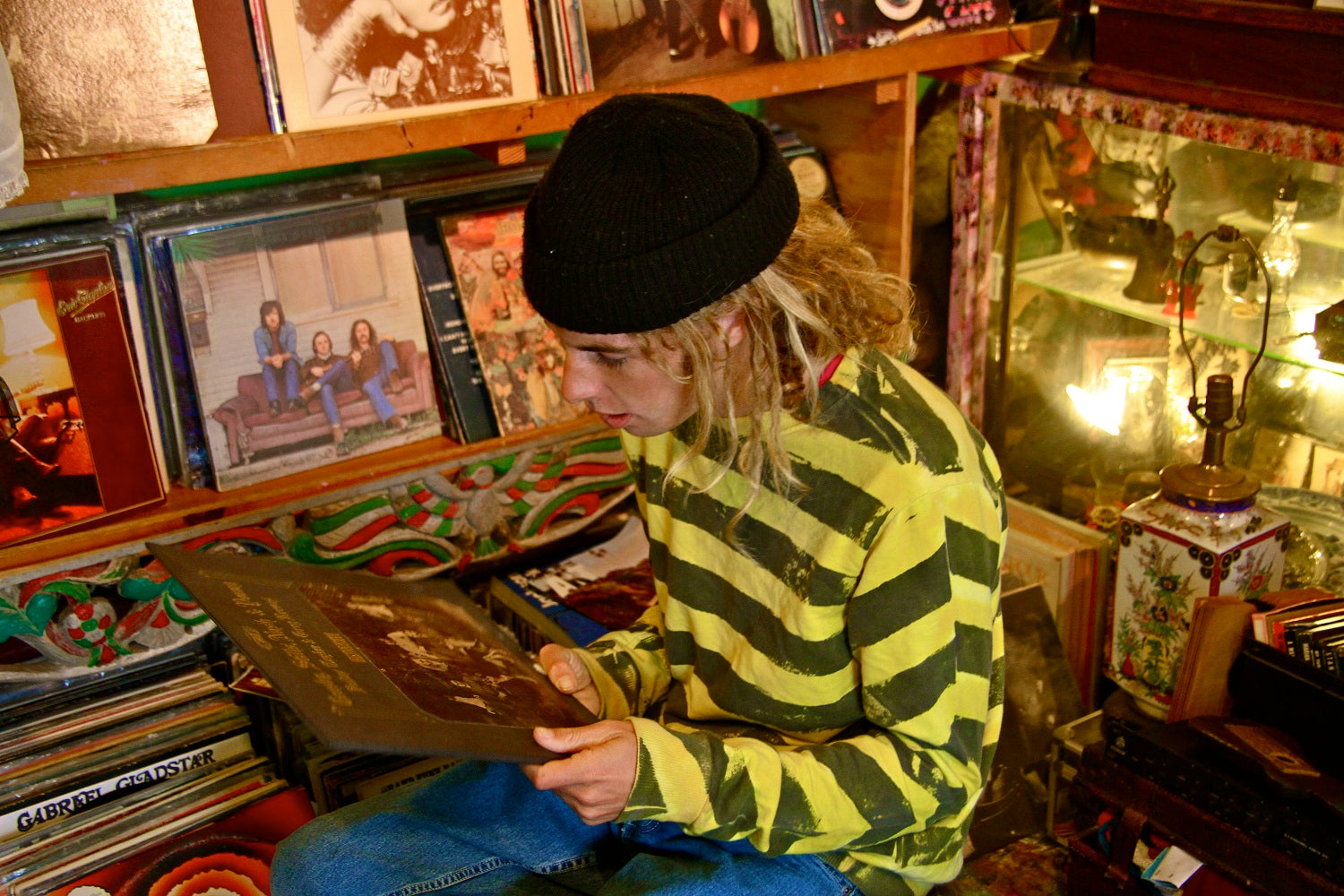




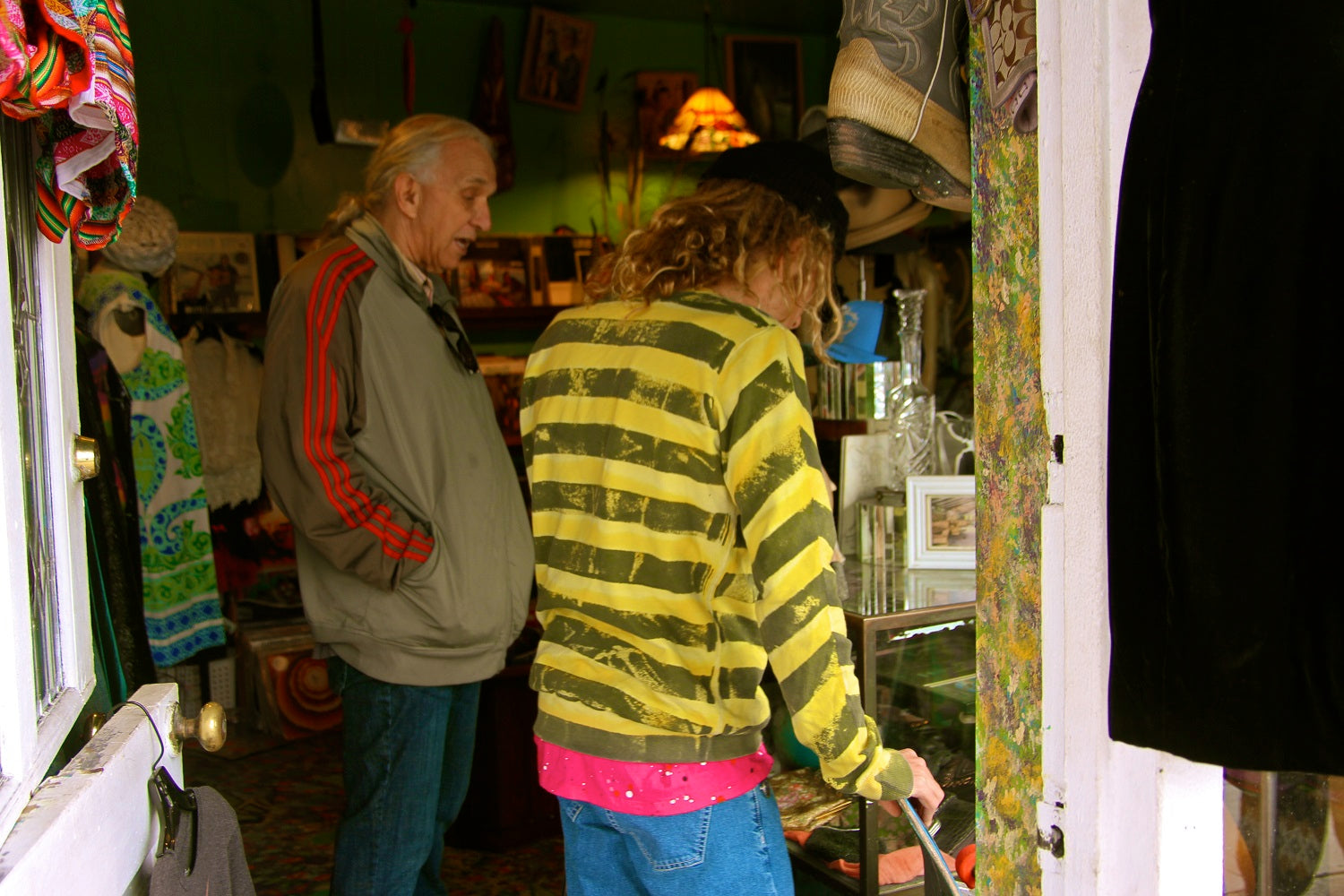 Photos Thomas Green
Photos Thomas Green



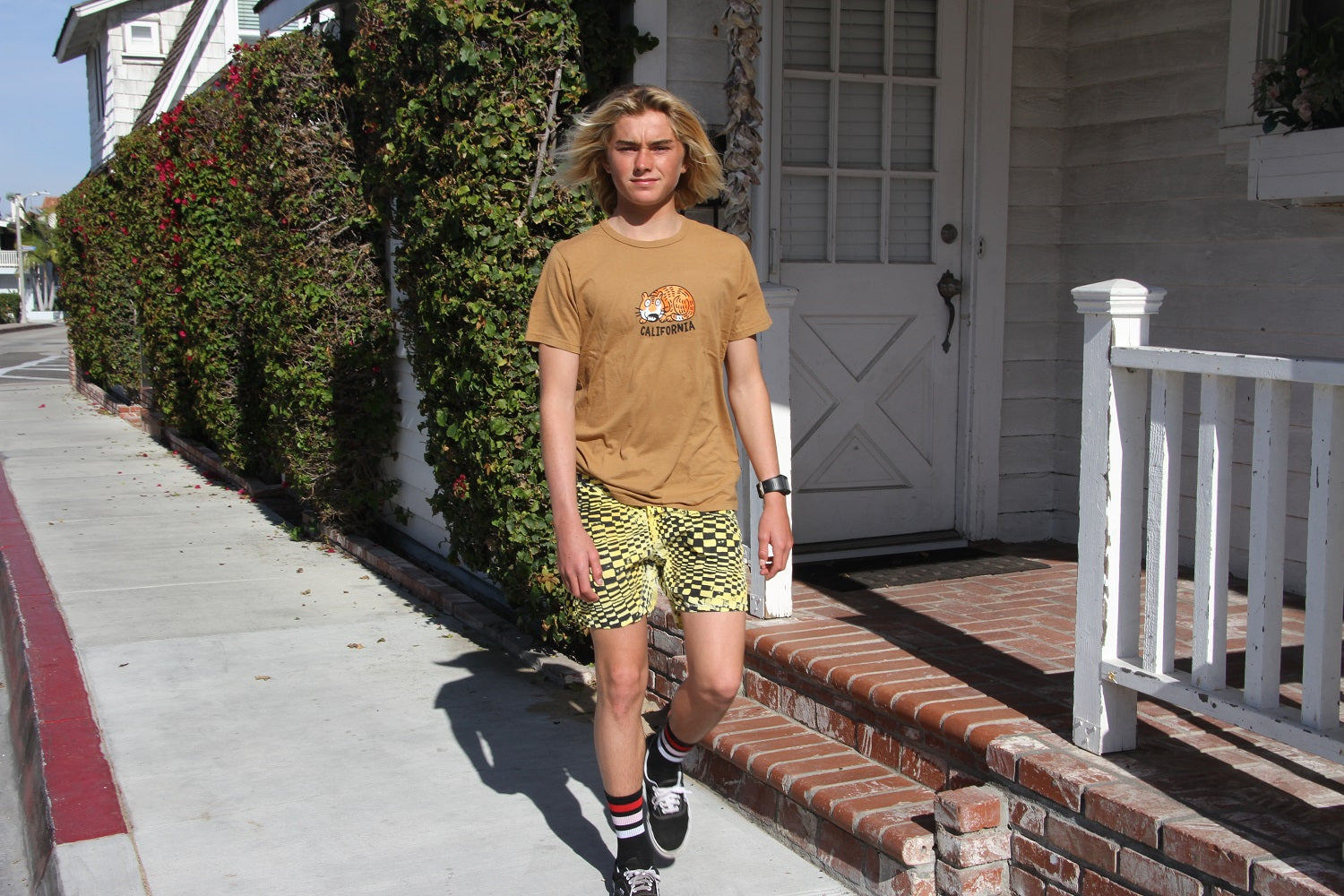
 Photos Jessie Stopnik
Photos Jessie Stopnik
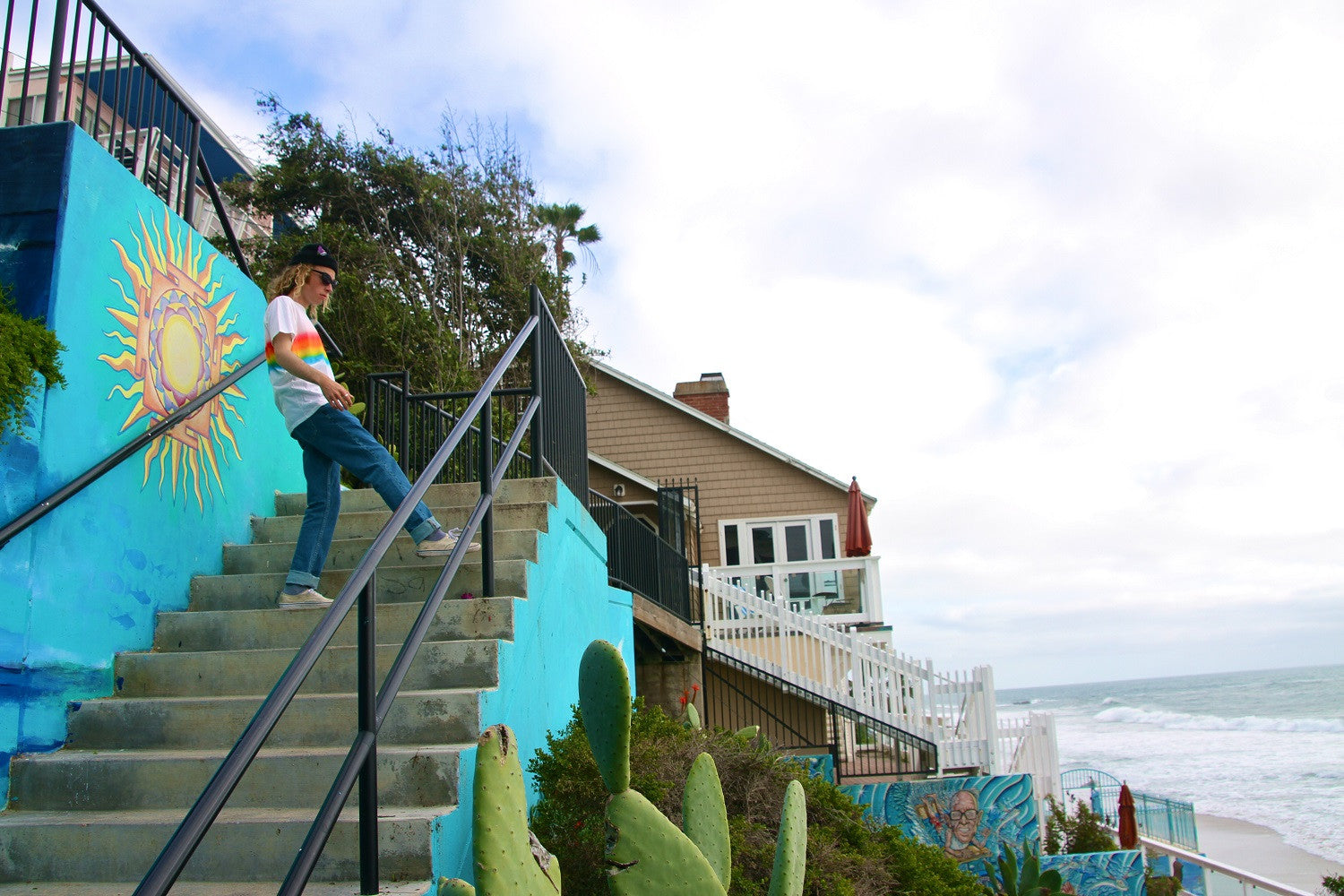
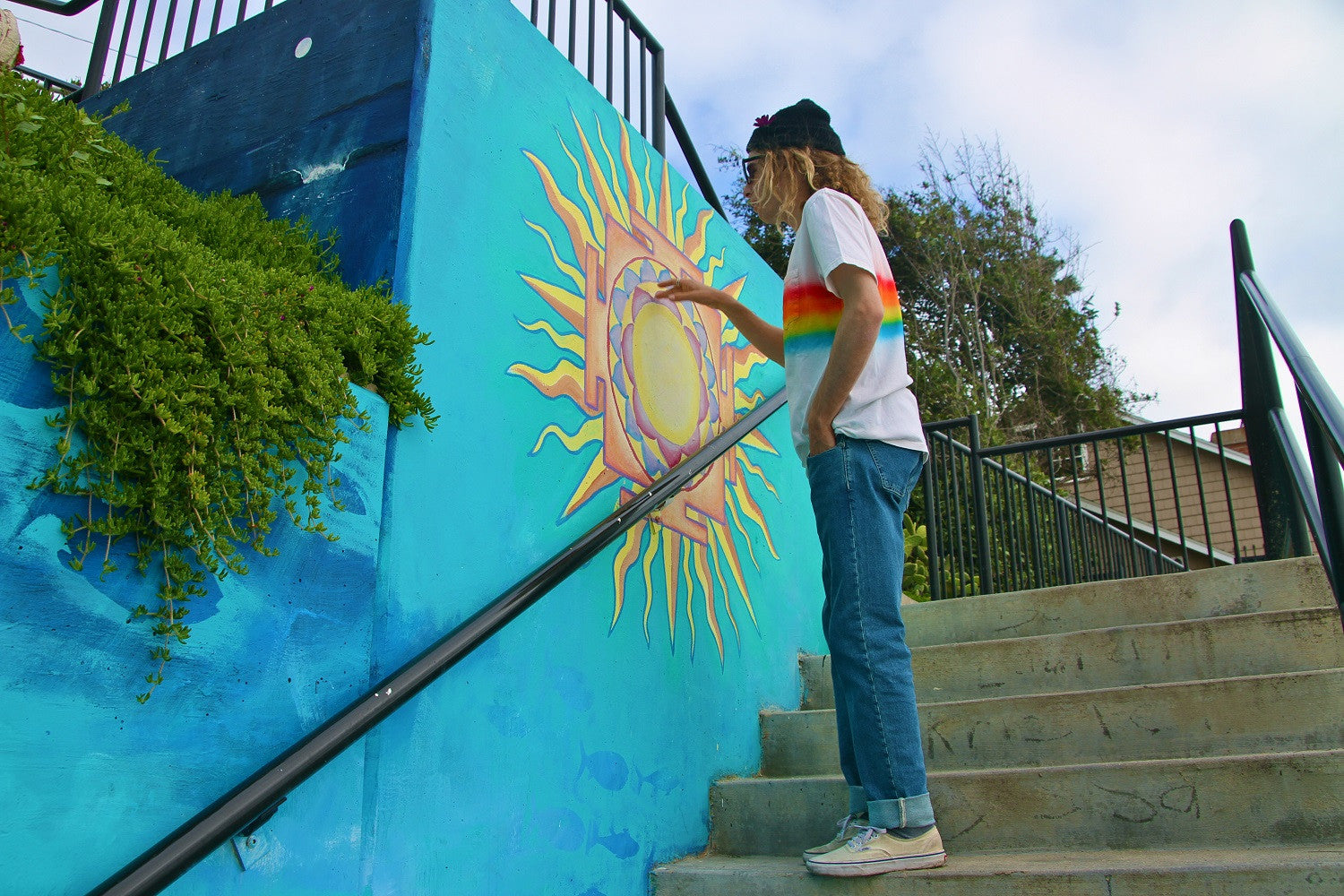


 Photos Jessie Stopnik
Photos Jessie Stopnik




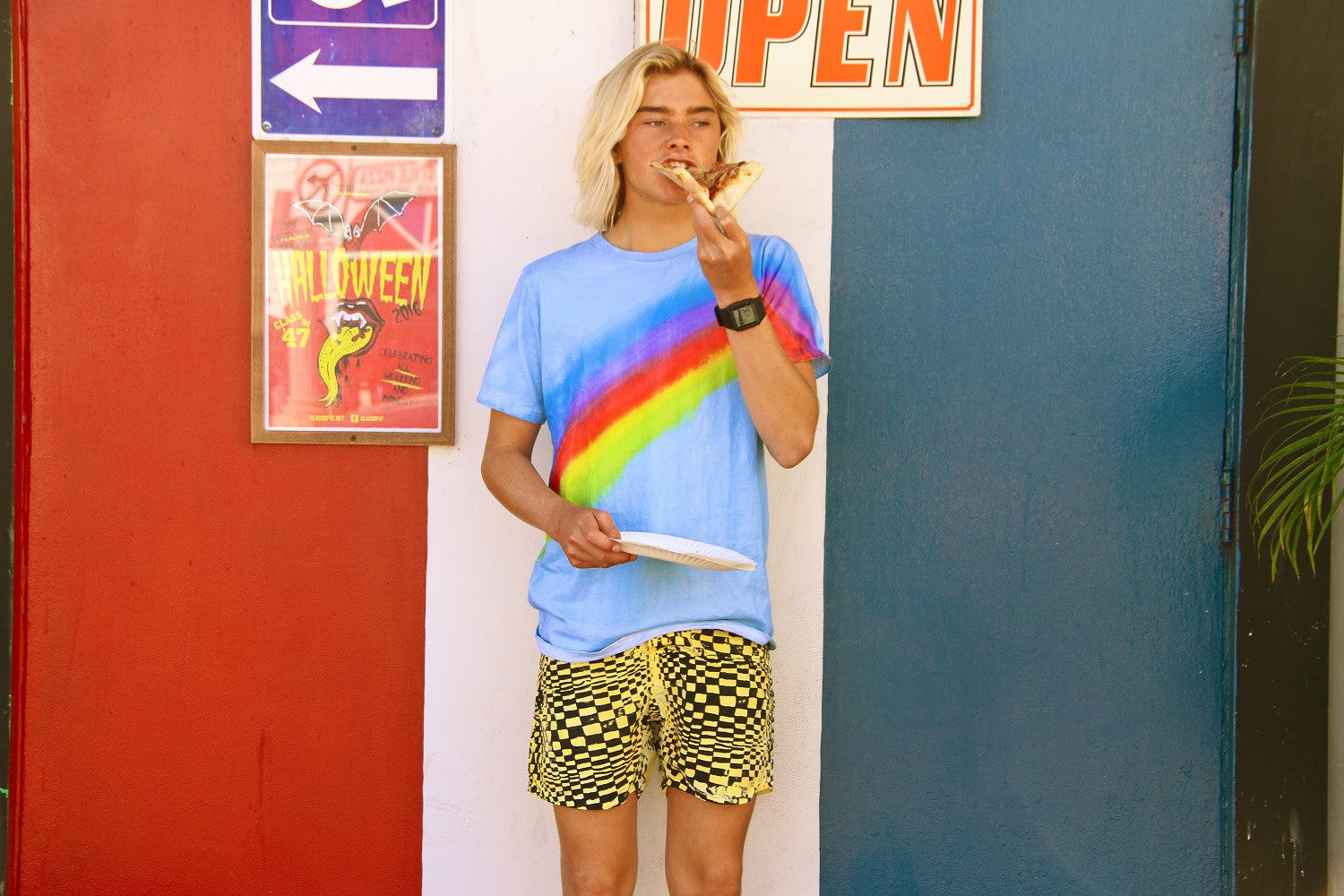 Photos Jessie Stopnik
Photos Jessie Stopnik



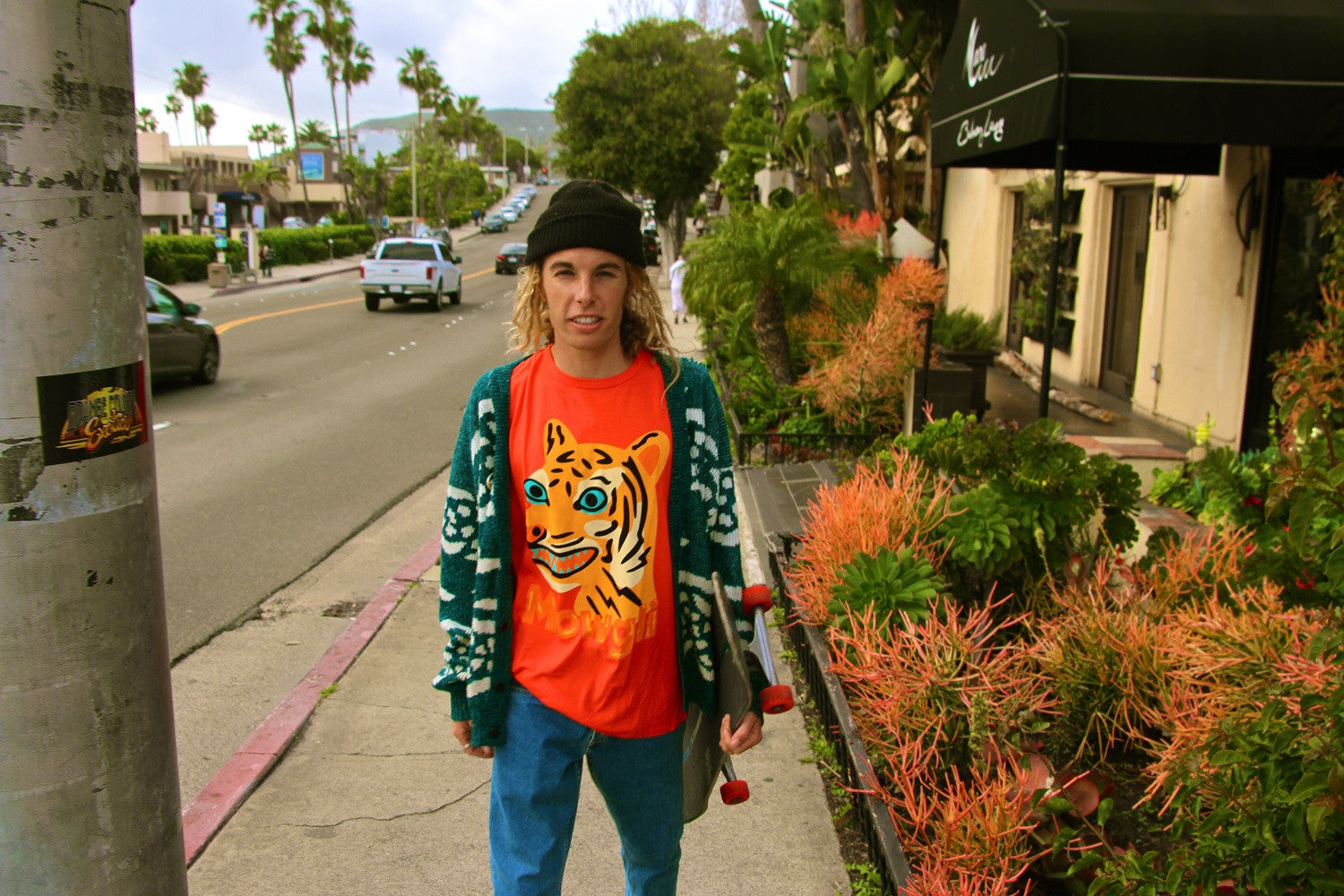
 Photos Jessie Stopnik
Photos Jessie Stopnik